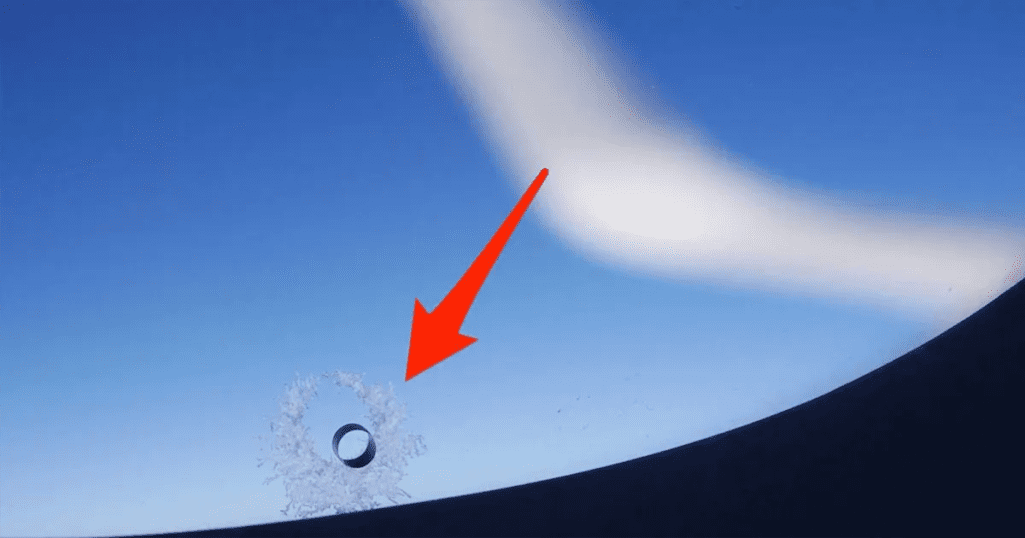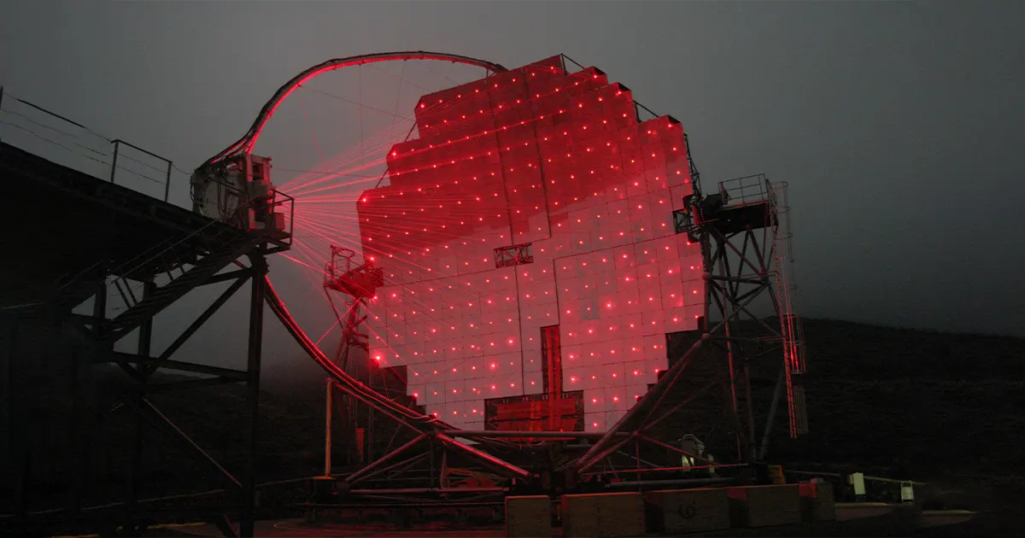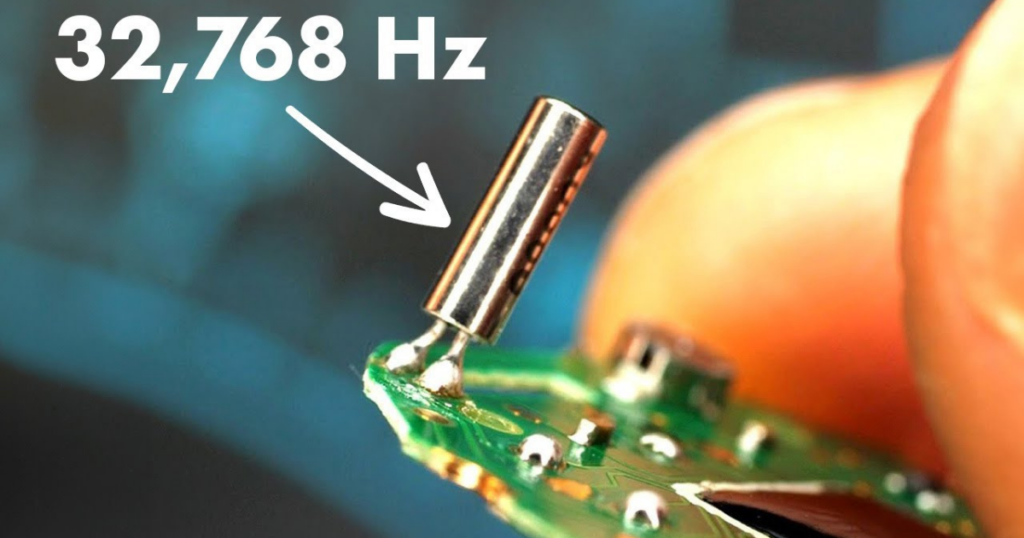
Have you ever marveled at the accuracy of a quartz watch, wondering how such a small device can keep perfect time? In this captivating exploration, we delve into the fascinating world of quartz mechanisms, revealing the ingenious interplay of physics, electronics, and miniaturization that powers these modern marvels.
The Quest for Precision: Beyond Pendulums and Springs
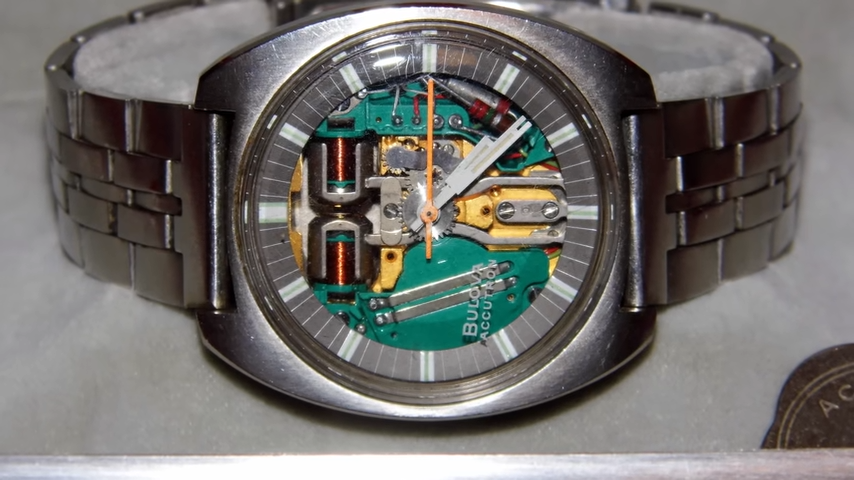
Our journey begins with the fundamental challenge of timekeeping: finding a reliable oscillator. Clocks traditionally relied on pendulums or balance wheels, but these were susceptible to gravity and movement. Quartz watches offered a revolutionary solution – a tiny tuning fork made of quartz crystal.
The Heart of the Beast: Vibrating Crystals and the Power of Piezoelectricity
This seemingly simple tuning fork holds the key to the quartz watch’s precision. When struck, it vibrates at a precise and incredibly stable frequency, unique to each crystal. But how do we keep these vibrations going? The answer lies in a phenomenon called piezoelectricity. By applying a voltage, we can make the crystal vibrate, and conversely, the crystal’s vibrations generate a voltage.
Amplifying the Signal: A Symphony of Feedback and Flip-Flops
This electrical signal, though faint, holds the power to keep time. An ingenious feedback loop amplifies the signal and feeds it back to the crystal, maintaining its vibrations. But how do we translate this high-frequency signal into the familiar tick-tock of a clock?
The Power of Two: Dividing Down to Seconds
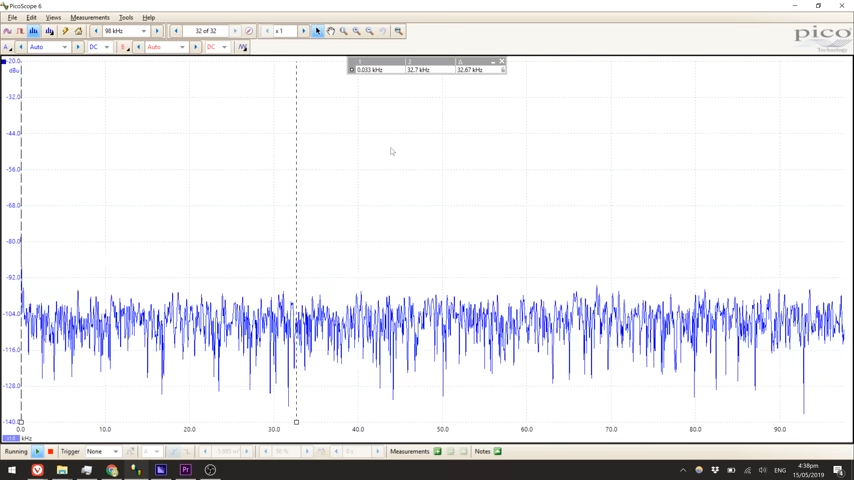
Here’s where the magic of digital logic comes in. A chain of electronic circuits called flip-flops acts as frequency dividers. Each flip-flop halves the incoming signal’s frequency. By carefully arranging 14 of these (not 15!), we can divide the crystal’s frequency of 32,768 Hz all the way down to 1 Hz, creating the perfect rhythm for our second hand.
From Ticks to Hands: Driving the Clockwork
This 1 Hz signal then controls a stepper motor, which precisely rotates in increments with each pulse. Geared mechanisms translate these rotations into the movement of the hands, bringing time to life on the watch face.
Beyond Analog: Digital Displays and the Atomic Advantage
Quartz technology also paves the way for digital displays, directly converting the electronic signal into numerical timekeeping. Interestingly, even the most accurate timekeepers on Earth, atomic clocks, rely on quartz crystals! They use cesium atoms to fine-tune the vibrations, achieving unparalleled precision.
A Testament to Human Ingenuity: A Tiny Marvel of Modern Timekeeping
So, the next time you glance at your quartz watch, remember the remarkable story it tells. From the natural vibrations of a tiny crystal to the wonders of electronics and miniaturization, this technology represents a triumph of human ingenuity, keeping us precisely on track in the ever-flowing river of time.

